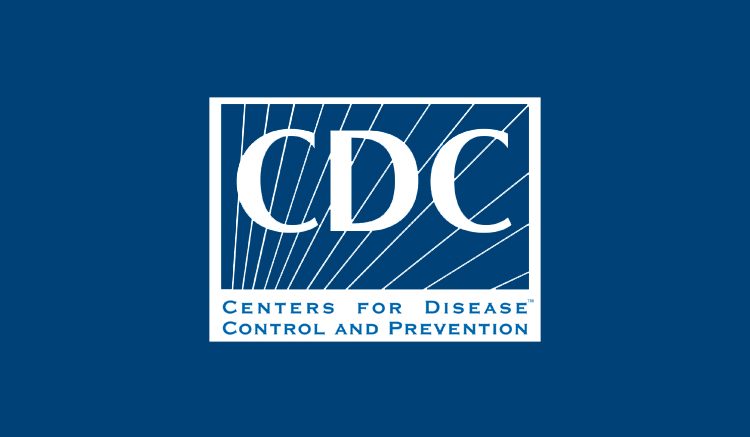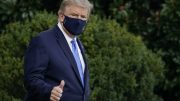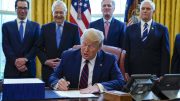On March 8th the CDC released its first set of guidelines for fully vaccinated people. The guidelines detail what mask-wearing and social distancing will look like now that over 2 million Americans are receiving COVID-19 vaccines every day.
Research suggests that in addition to offering protection from symptomatic COVID-19, fully vaccinated people are less likely to develop an asymptomatic infection, and therefore less likely to transmit the virus to others. The length of protection lent by the vaccine and the efficacy of the vaccine against new SARS-CoV-2 variants have yet to be determined but are under investigation.
According to the guidelines, a person is considered fully vaccinated two weeks after receiving their second dose of the Pfizer-BioNTech or Moderna vaccine, or two weeks after receiving their first and only dose of the Johnson & Johnson/Janssen vaccine.
Private gatherings:
- Indoor meetings between fully vaccinated people do not require masks or social distancing.
- Indoor meetings between fully vaccinated people and unvaccinated people from a single household with members at low risk of severe COVID-19 do not require masks or social distancing.
- Indoor meetings between fully vaccinated people and unvaccinated people from a single household with members at high risk of severe COVID-19 require both masks and social distancing.
- When fully vaccinated people and unvaccinated people from multiple households meet, both masks and social distancing are required of all people involved, regardless of vaccination status.
Medium/Large gatherings:
- Fully vaccinated or not, people should avoid medium/large gatherings. If fully vaccinated people do choose to participate in such gatherings, they should continue to wear masks and socially distance, as should unvaccinated people.
In Public:
- Outside of small gatherings, fully vaccinated people should socially distance themselves and wear masks.
Isolation, quarantine, and testing:
- If a fully vaccinated person exhibits COVID-19 symptoms, they should isolate, be evaluated by a medical professional, and get tested for SARS-CoV-2 as recommended by their medical professional.
- Following exposure to COVID-19, fully vaccinated people do not need to quarantine or get tested, so long as they do not experience symptoms. They should still monitor themselves for symptoms for two weeks after exposure. If symptoms arise, they should isolate, be evaluated by a medical professional, and get tested for SARS-CoV-2 as recommended by their medical professional.
- Fully vaccinated people in non-healthcare congregate settings (such as group homes and correctional facilities) should quarantine for two weeks and be tested for SARS-CoV-2 if exposed to someone with COVID-19.
- Fully vaccinated employees in high-density workplaces (such as manufacturing plants) do not need to quarantine following COVID-19 exposure so long as they do not exhibit symptoms.
Travel:
- The CDC has not updated its travel recommendations and requirements.
These guidelines will continue to be updated as more Americans are vaccinated.






Be the first to comment on "CDC Guidelines for Fully Vaccinated People"